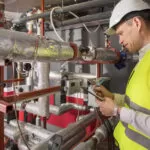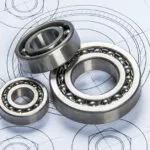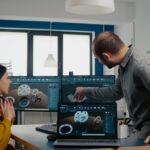Construction sites are inherently dangerous environments. With heavy machinery, high voltage electrical systems, and hazardous materials, the risks for accidents and injuries are extremely high. As MEP engineers overseeing complex construction projects, implementing and enforcing proper construction safety protocols is absolutely essential. Worker safety must always be the top priority.
In this article, we will explore some of the critical safety construction safety protocols practices and procedures that construction managers and MEP engineers need to implement to ensure safe job sites. By making safety the foremost concern and establishing robust safety policies, protocols, training, and monitoring, projects can proceed smoothly and avoid preventable incidents.
Table of Contents
Implementation of Construction Safety Protocols
Install Proper Safeguards and Barriers
The first key construction safety protocol is installing appropriate physical barriers and safeguards on the worksite. This includes perimeter fencing to secure the site and prevent unauthorized access. Sturdy barricades and decking should surround open trenches, holes, or pits.
This protects both workers and pedestrians from falling in. Steel road plates must cover any openings in roadways or sidewalks. Post clear signage alerting people to hazards, detours, or restricted areas.
Provide Safety Training
Every worker should receive extensive safety training appropriate for their role prior to starting work. They should demonstrate full competency in utilizing safety gear and operating equipment properly.
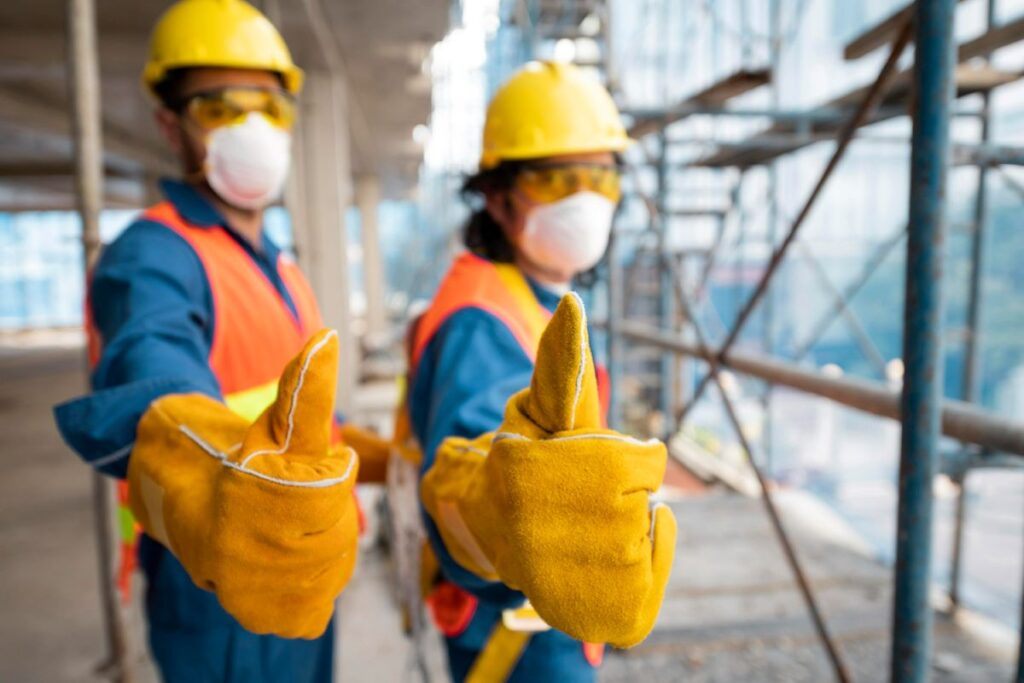
Training should cover hazard identification, safe practices, proper use of tools, emergency response protocols, and compliance with OSHA and EPA regulations. Safety meetings and refresher courses should happen regularly. Post safety reminders and tips throughout the site. A culture of open communication regarding safety should be encouraged.
Enforce Gear and Clothing Requirements
The right safety gear can mean the difference between minor and catastrophic injuries. Strict enforcement of proper protective equipment for every job is crucial.
This includes hard hats, steel toe boots, reflective high visibility vests, safety goggles, face shields, ear plugs, respirators, and full body harnesses. Any work with electricity requires electrical hazard PPE. Clothing should be well-fitting and flame resistant. Regular inspection and replacement of damaged gear is vital.
Implement Exposure Controls
Construction exposes workers to many hazardous substances, materials, and environments. MEP engineers must implement solid exposure controls per OSHA Exposure Control Plans.
This includes proper ventilation, dust shields, monitoring air quality, decontamination zones, and personal protective equipment. Strict procedures regarding asbestos, lead, silica, gases, and other hazards must be followed. Proper disposal and containment of hazardous waste is mandatory.
Use Proper Equipment and Inspection
The equipment used on job sites—from hand tools to heavy machinery—poses injury risks if not properly maintained. Develop thorough preventative maintenance plans for the inspection, servicing, and repair of all equipment.
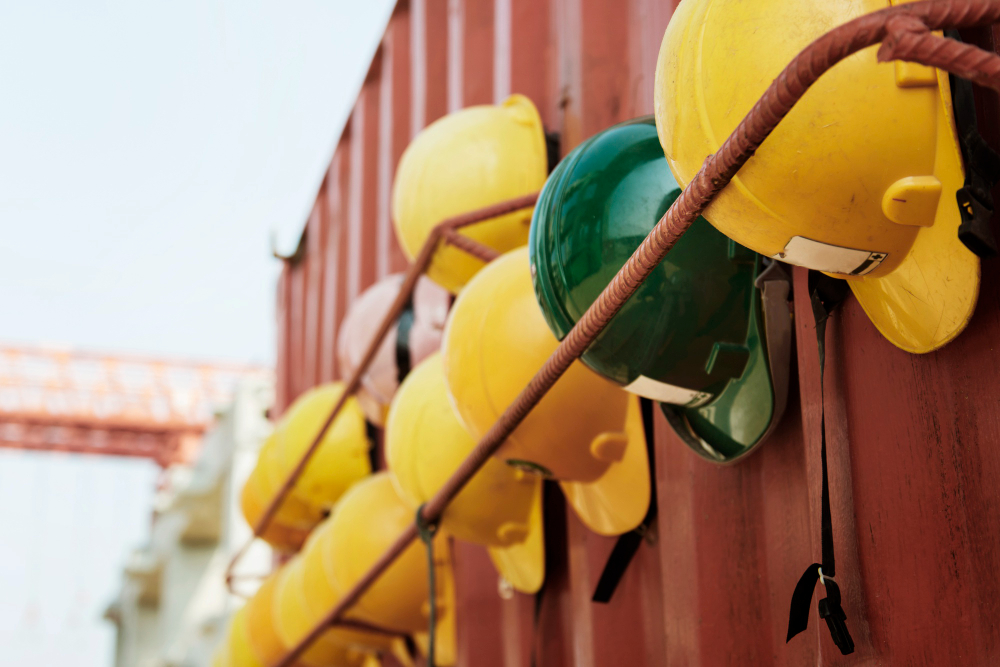
Workers should be trained on proper use and construction safety protocols for all equipment. Lockout tagout procedures must be in place to avoid hazardous energy release. Only qualified and authorized individuals may operate machinery or work on electrical systems.
Maintain Orderly and Organized Work Areas
Clean, orderly, and organized work areas are safer work areas. All sites should maintain good housekeeping practices.Tools and materials should have designated storage places. Construction debris and scraps must be regularly cleaned up and disposed of properly.
Keep walkways and work zones clear of obstructions and cables. Adequate lighting is necessary in all areas. Proper signs and warnings identify danger zones. Regular inspections ensure sites remain orderly.
Use Fall Protection Systems
Falls from heights are one of the most common causes of serious and fatal construction injuries. There are many forms of fall protection systems that must be implemented based on the situation.
This includes safety harnesses, restraint systems, safety nets, perimeter guardrails, hole covers, and personal fall arrest systems. Proper anchor points must be installed. Regular inspection and maintenance ensures equipment functions properly. Strict enforcement of proper gear use and tie-off procedures is essential.
Follow Permit and Inspection Requirements
Various permits, plans, and inspections are legally required. This includes site inspections from OSHA, EPA, and local authorities. Permits for confined spaces, hot work, excavations, cranes, and more must be acquired.
Approved health and safety plans, hazard communication plans, and exposure control plans should be on file. Performing regular internal safety inspections and addressing any identified issues is critical. Safety protocol checklists aid consistency.
Limit Site Access and Conduct Oversight
Controlling site access is vital for safety. Check-in procedures should be in place to identify authorized workers, contractors, and visitors. Restricted areas should be clearly identified and guarded. Conducting vigilant oversight ensures people follow established protocols.
Proper PPE, training certificates, and competency should be verified. Stop any unsafe activities immediately until addressed. Documentation provides accountability if issues arise.
Quickly Address Any Near Misses or Accidents
If a near miss or accident occurs, address it swiftly. Interview those involved and witnesses to understand causes. Document the incident thoroughly in writing and photographs. If injuries resulted, ensure proper medical treatment is provided.
Report the issue to the appropriate safety bodies. Identify remedies, new protocols, or training to prevent recurrence. Vital safety lessons can be gleaned from any incidents.
Conclusions
Safety ultimately relies on having effective systems, equipment, training, and monitoring in place. But a culture of open communication, accountability, and leadership commitment is equally important.
MEP engineers set the tone for prioritizing safety each day. Dedicated effort to implement robust safety practices, encourage safe behaviors, and create a hazard-conscious environment is the only way to keep worksites safe. The lives of many depend on it.
